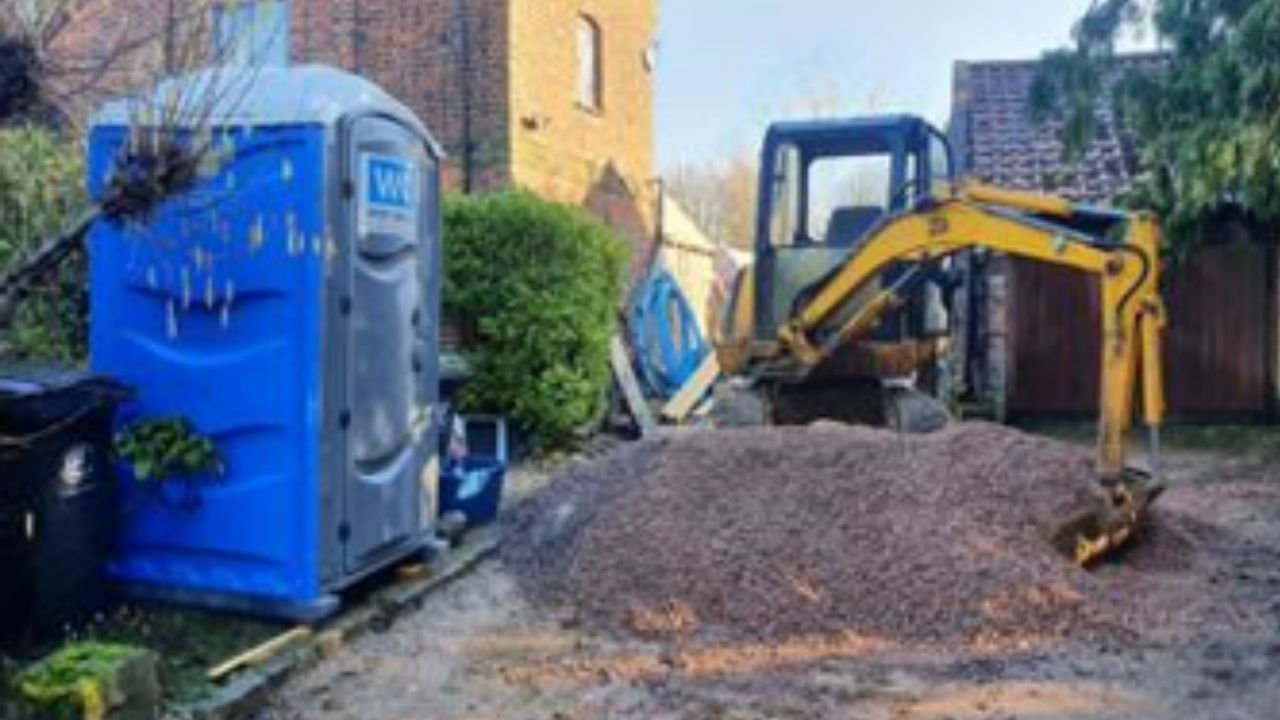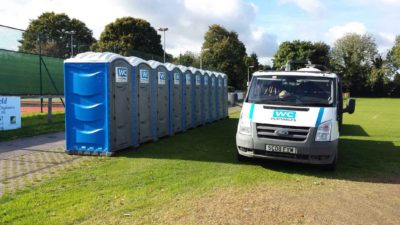Toilets are expected to be regularly cleaned to ensure the health and wellbeing of users. A daily clean of public facilities is the minimum for most public spaces. Cleaning these facilities prevents the spread of microbes and bacteria that are easily transmitted from human waste and condensation.
The trauma of dealing with an unclean public toilet may be unbearable for some and put others off from using the specific toilets in the future. We usually do not know what to expect when we approach a bathroom or, in this instance, a portable toilet at a construction site. It is never easy to trust the hygiene standards of the co-workers on the building site, or the frequency of the cleaning by the portable toilet hire company.
The Health and Safety Executive (HSE) recommends that construction companies ensure the availability of flushing toilets connected to the mains water and drainage system when and where possible. We understand that there are many occasions when these toilets are not available, and a portable facility is the most suitable alternative. Other expectations for the provided mobile unit are ventilation, well lit, and kept clean. In addition, it is expected that there is a sufficient supply of toilet paper in each of the designated facilities. Also, washbasins are required in these units with hot and cold running water. These basins should be large enough to ensure that construction workers can easily wash their faces, hands, and forearms.
The HSE stipulates that a cleaning arrangement should be put in place and that daily cleaning may be insufficient. Why do you think cleaning may be inadequate on construction sites once a day? Let’s have a quick look into the possible reasons when multiple daily cleaning may be required.
Reasons why a daily clean may be insufficient for a site portable toilet
- Lower toilet to workers ratio (Insufficient toilets): There are budgetary measures and outstanding works on building sites. Sometimes, poor planning and forecasting could lead to the provision of low portable toilets. The HSE recommends when portable chemical toilets are being used, it should be a ratio of 1 for every seven people working a 40 hour week. The facilities will require more frequent daily cleaning in a lower toilet-to-worker percentage. The management team at the building site is expected to meet the 1:7 requirement. Before that is completed, one would expect the demand for the few portable toilets to be higher and a higher need for frequent cleaning.
- The time of the year and weather condition: Workers are more likely to consume more water in hot summer temperatures as its benefits include aiding digestion, normalising blood pressures, flushing bacteria in one’s bladder, and simply keeping organs functioning properly. There is bound to be a higher demand for the provided portable toilets in this scenario. With higher demand for use comes a greater need for frequent cleaning. More than one clean a day may be the standard.
- The nature of work carried out at the construction site: The construction industry is integral to the economy of any given country. It channels money into the local community through tax and council spending as a building activity. Several works can be carried out on a construction site, such as carpentry, demolition, bricklaying, decorating, plumbing, stonemasonry, scaffolding, and a host of others. The nature of work carried out on a given day will impact the site’s portable toilet degree of use and state. For example, when carpentry occurs, workers are not expected to wash their hands, elbows, and faces. On the other hand, bricklaying will demand a higher and varied use of the facilities.
These factors are some of the reasons why a single daily clean of portable toilets on construction sites may be insufficient.




